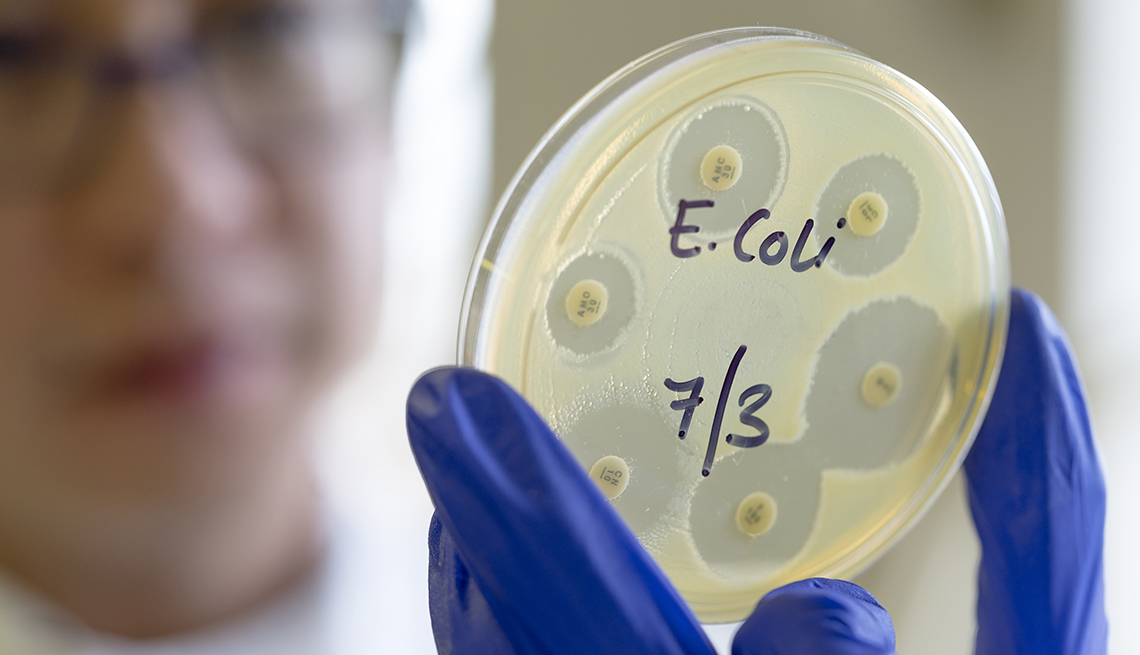Staying Fit
The Centers for Disease Control and Prevention announced that the E. coli outbreak linked to sandwiches sold at Wendy's is over. However, public health officials were unable to determine the specific ingredient sold by the fast-food chain that was causing people to get sick.
The strain of E. coli associated with the outbreak infected 109 people across six states and sent 52 to the hospital. No deaths were reported.


AARP Membership— $12 for your first year when you sign up for Automatic Renewal
Get instant access to members-only products and hundreds of discounts, a free second membership, and a subscription to AARP the Magazine.
Officials found that more than 80 percent of infected people who were interviewed reported eating at Wendy's before getting sick. Many of them said they consumed romaine lettuce served on burgers and sandwiches. Yet, investigators were unable to conclude if that was the tainted ingredient.
How to avoid E. coli
Consumers are advised to follow these steps to avoid an E. coli infection.
• Clean hands, utensils, cutting boards, counters, and fresh fruits and veggies, even if you plan to cut or peel them.
• Separate raw meat, poultry, seafood and eggs from ready-to-eat foods in both your refrigerator and grocery basket. Use separate cutting boards and plates for raw meat, poultry and seafood.
• Cook your food to the appropriate internal temperature with the help of a food thermometer.
• Chill perishable food within two hours (one hour if it's above 90°F outside) and thaw frozen items in the refrigerator, not on the counter.
Symptoms of an E. coli infection
Most people with Shiga toxin-producing E. coli, like the strain identified in this outbreak, experience severe stomach cramps, diarrhea and vomiting. Symptoms usually begin three to four days after swallowing the bacteria.
Most infected people recover within a week. Standard care includes rehydration and other supportive measures to alleviate symptoms. Antibiotics are generally not recommended.
Some people may develop a more serious infection resulting in hemolytic uremic syndrome, a type of kidney failure.
A health care provider should be contacted if diarrhea lasts more than three days without improvement, is bloody or is accompanied with a fever higher than 102°F. Other symptoms that require medical attention include so much vomiting that liquids can't be kept down, and any signs of dehydration like infrequent urination, dry mouth and throat, or feeling dizzy when standing up.
Anyone who has symptoms of an E. coli infection is advised to write down what they ate the week before feeling ill, report their illness to the local health department and answer questions from public health officials about their sickness.



































































